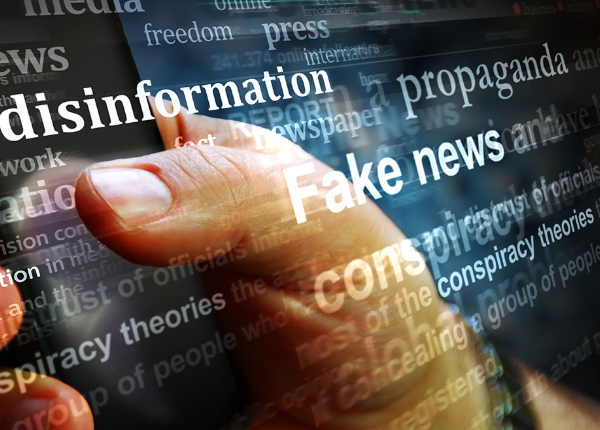The shooting of Michael Brown in the summer of 2014 sparked a wave of public protest. Twitter also exploded with videos, photographs and messages. A study examined how news organizations framed the events in Ferguson on Twitter in the unrest following the shooting of African-American teenager by White police officer Darren Wilson.
Ginger E. Blackstone, assistant professor of mass communication at Harding University, Holly S. Cowart, lecturer in the multimedia journalism program at Georgia Southern University, and Lynsey M. Saunders, doctoral student in mass communication at the University of Florida, conducted a content analysis of the tweets on the Ferguson unrest from thirteen legacy and online news organizations including newspapers, broadcast news, cable news, and digital formats.
The sample included three cable news outlets: Fox News Channel, CNN, and MSNBC, and three broadcast news networks: ABC, CBS, and NBC. BuzzFeed and Vice were included in the category of internet news sites. Added to the sample were five newspapers: USA Today, New York Times, Los Angeles Times, Chicago Tribune, and Washington Post.
The authors aggregated a total of 1,832 tweets between August 10 and September 9, 2014 from the news organizations’ main Twitter page. Four news content and presentation frames were pursued in this study: civil unrest and rioting, journalists’ reliance on official sources, partisan bias in news, and the use of the Twitter medium by legacy and digital news operations.
The researchers found that the news media outlets framed protesters as troublemakers rather than justified demonstrators. The hypothesis that that media outlets would frame community leaders as “rabble-rousers” was not supported.
Tweets used more official sources than non-official sources; however, more than half of the tweets did not reveal any source of information. Some tweets (nearly 10%) directly or indirectly questioned the information from official sources using quote marks and an otherwise tweet which was posted with a photo that contradicted the assertion.
Very few tweets contained partisan bias. Legacy media took the lead on using Twitter compared to the new media by embracing the use of enhanced content – article links, embedded photos, multimedia content links, and topical hashtags – in their tweets.
To read the full text of the study:
Blackstone, G. E., Cowart, H. S., & Saunders, L. M. (2017). TweetStorm in# ferguson: How News Organizations Framed Dominant Authority, Anti-Authority, and Political Figures in a Restive Community. Journal of Broadcasting & Electronic Media, 61(3), 597-614.








